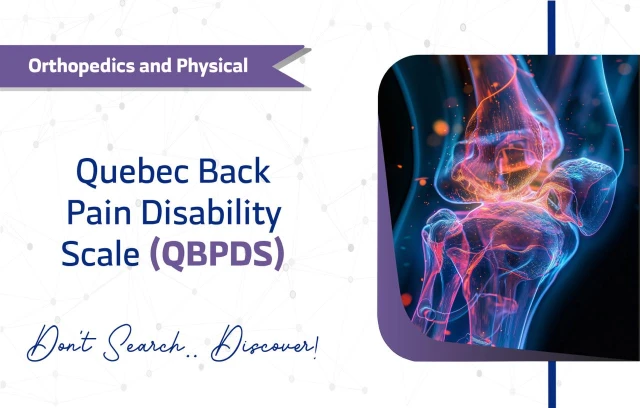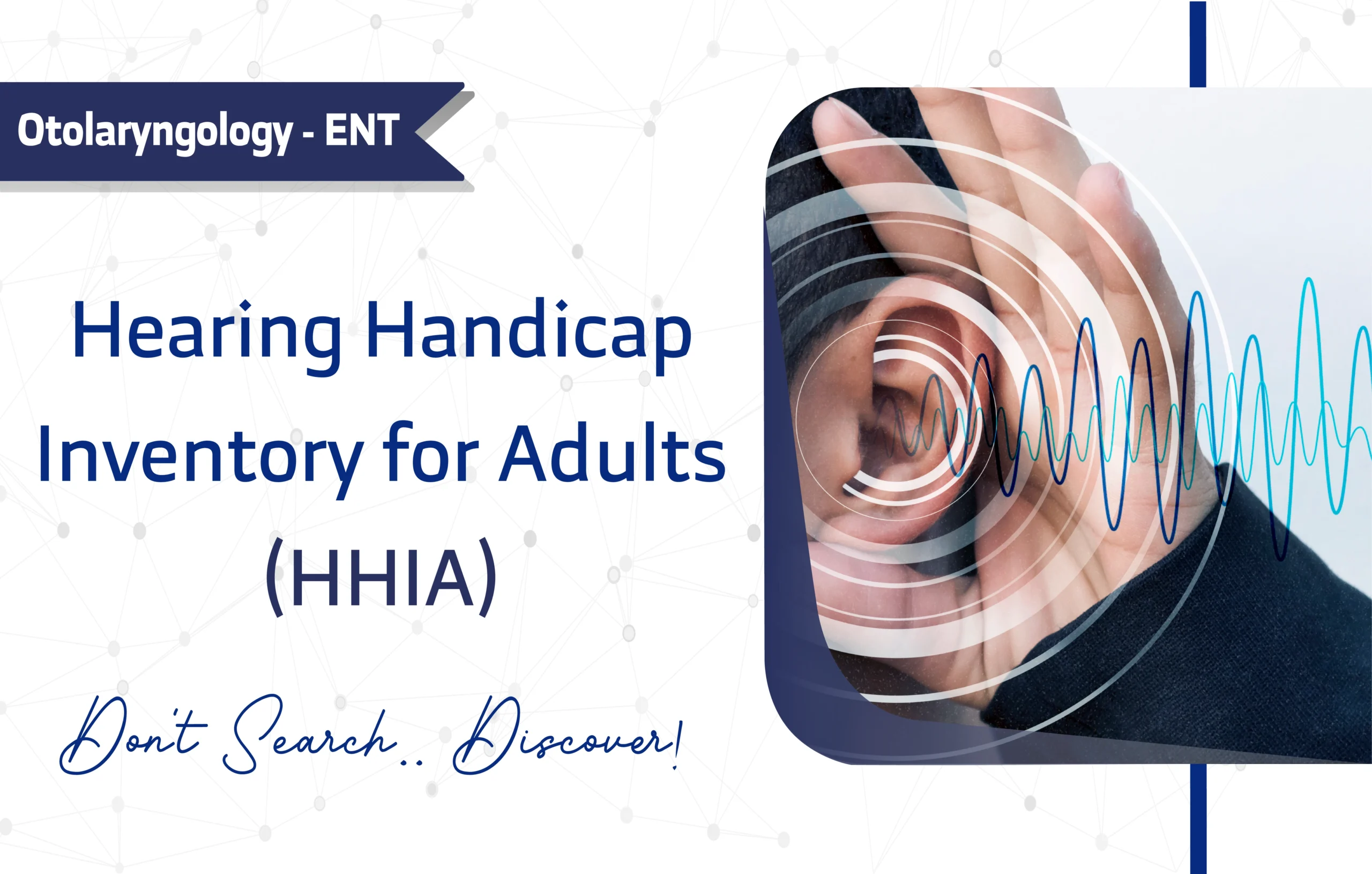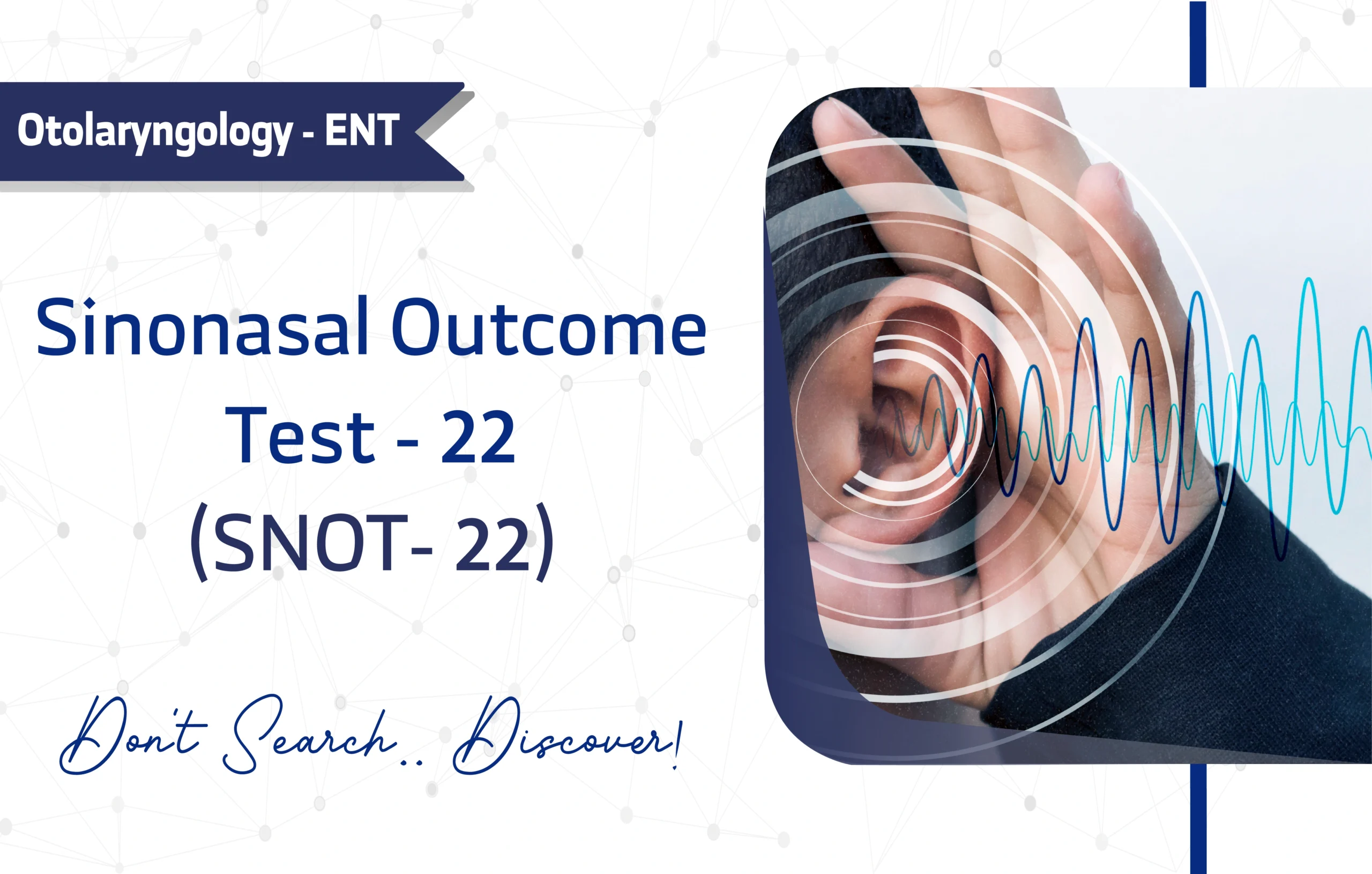Introduction
Developed in 1995 by Kopec JA and colleagues, the Quebec Back Pain Disability Scale (QBPDS) serves as a vital tool for assessing functional disability due to back pain. With over 800 citations on Google Scholar, researchers and clinicians in orthopedics and spine surgery widely embrace it . For adults aged 18 and older, this scale actively measures how back pain disrupts daily tasks, such as sitting or lifting heavy objects. Consequently, it empowers professionals to gain actionable insights, enabling them to evaluate disability levels and design tailored interventions effectively.
In this article, we’ll dive into QBPDS‘s features, validation, applications, and limitations, offering a comprehensive resource for experts in the field.
Key Features of the Quebec Back Pain Disability Scale (QBPDS)
Purpose and Use
The Quebec Back Pain Disability Scale (QBPDS) focuses on evaluating functional disability caused by back pain. Specifically, it examines how pain affects daily activities, proving invaluable for both clinical diagnostics and research. For instance, clinicians use it to track treatment outcomes, while researchers quantify disability in patients with acute or chronic conditions. Thus, the QBPDS supports evidence-based decisions in orthopedic and rehabilitation settings.
Target Population
Validated for adults aged 18 and above, the QBPDS is suitable for diverse groups, including young adults, middle-aged adults, and seniors. Its focus on back pain disability makes it relevant for patients in orthopedic and rehabilitation settings.
Structure
The QBPDS comprises 20 questions, organized into six activity categories:
- Bed/rest (e.g., getting out of bed): 3 Items.
- Sitting/standing (e.g., sitting for long periods): 3 Items.
- Ambulation (e.g., walking short or long distances): 3 Items.
- Movement (e.g., changing positions): 3 Items.
- Bending/stooping (e.g., picking items off the floor): 4 Items.
- Handling large/heavy objects (e.g., lifting bags): 4 Items.
Each item is scored on a 0–5 Likert scale, where 0 indicates “not difficult at all” and 5 means “unable to do.”
Scoring Method
The QBPDS uses a 0–5 Likert scale for each of its 20 items, with a maximum total score of 100. Higher scores indicate greater disability. The scoring process is straightforward:
- Sum the scores for all answered items.
- If a patient selects “5” (unable to do, unrelated to pain), exclude that item and adjust the score:
Adjusted Total = (Raw Sum × 20) / (Number of Answered Questions – Number of ‘5’ Responses).
Although no universal cut-off scores exist, higher scores correlate with increased disability. For instance, a score approaching 100 reflects severe functional impairment. Clinicians often use score changes over time to monitor treatment progress.
Administration Format
The QBPDS takes 5 – 10 minutes to administer, making it highly efficient. It can be conducted via:
- Paper-based forms
- Digital (Online) platforms
- Interview (In-person)
Its self-administered format, requiring no specialized training, enhances its practicality for busy clinical environments.
Applications of Quebec Back Pain Disability Scale (QBPDS)
The QBPDS serves multiple roles in clinical and research settings:
- Screening: Identifies patients with significant back pain-related disability.
- Monitoring: Tracks changes in disability over time, especially post-treatment.
- Research: Widely used in clinical trials to evaluate interventions for back pain.
For example, physical therapists use the QBPDS to assess progress in rehabilitation programs, while researchers rely on it to quantify disability in studies comparing surgical versus non-surgical treatments.
Languages and Availability
The QBPDS is available in multiple languages, enhancing its global applicability:
- Arabic
- English
- Mandarin Chinese
- Spanish
- French
- Russian
- German
- Portuguese
- Japanese
- Hindi
This multilingual accessibility supports its use in international research and clinical practice.
The Quebec Back Pain Disability Scale (QBPDS) offers free access for clinical research and medical practices under an Open Access license for non-commercial use. However, commercial applications require permission from the copyright holder, Jacek A. Kopec (jkopec@arthritisresearch.ca). As a result, this accessibility makes the QBPDS a practical choice for academic and healthcare environments. Note: QBPDS © Jacek A. Kopec, 1995.
Reliability and Validity
The QBPDS is highly reliable and valid, with a Cronbach’s alpha of 0.96, indicating excellent internal consistency. Moreover, its test-retest reliability is robust, ensuring consistent results over time. Validation studies confirm its effectiveness across diverse populations and settings.
Validation Studies:
- The original validation study established its measurement properties for assessing back pain disability (link).
- A 2009 study validated the Turkish version for patients with low back pain, confirming its cross-cultural reliability (link).
- A 2002 study in France validated the French-language version, demonstrating its applicability in low back pain patients (link).
- A 2006 study in Iran compared the QBPDS with the Oswestry Disability Index and Roland-Morris Disability Questionnaire, validating its Iranian version (link).
Limitations and Considerations
However, despite its strengths, the QBPDS has a few limitations:
- Self-report: Respondents may be influenced by social desirability bias or personal interpretation.
- Narrow Focus: The QBPDS focuses solely on back pain-related disability, limiting its coverage of broader physical or psychological domains.
Other Versions and Related Questionnaires
- Complementary Questionnaires
Several tools complement the QBPDS, including: Oswestry Disability Index (ODI), Roland-Morris Disability Questionnaire (RMDQ), Patient-Reported Outcomes Measurement Information System (PROMIS) – Physical Function, Low Back Pain Rating Scale (LBPRS), Back Pain Functional Scale (BPFS).
Additional Resources
For more information on the QBPDS and to access the full questionnaire, visit the following resources:
- You can access the questionnaire as a PDF through this link.
- A direct link to the QBPDS is available at CarePatron.
- For inquiries, contact Jacek A. Kopec at jkopec@arthritisresearch.ca.
- For additional QBPDS resources, consult PubMed.
Frequently Asked Questions (FAQ)
- Who can use the QBPDS?
Clinicians, researchers, and healthcare providers use the QBPDS for patients aged 18+ with back pain. - How long does it take to complete the QBPDS?
Patients typically take 5–10 minutes to complete, making it practical for clinical use. - How is the QBPDDSS administered?
The QBPDS is administered via paper-based, digital formats, and Interview (In-person), offering flexibility in clinical and research environments. - Is there any cost to using the QBPDS?
The QBPDS is free for non-commercial use; commercial use requires permission from the copyright holder.
A word from ResRef about Quebec Back Pain Disability Scale (QBPDS)
The Quebec Back Pain Disability Scale (QBPDS) effectively evaluates how back pain impacts daily activities. Comprising 20 tasks, such as walking or lifting, patients rate difficulty on a 0–5 scale. Widely used in clinics and research, it measures disability from chronic or acute back pain. Consequently, its straightforward administration and analysis make it a valuable tool for physical therapy and rehabilitation professionals. Moreover, it reliably tracks patient progress and evaluates treatment outcomes over time.
References
- Kopec JA, Esdaile JM, Abrahamowicz M, Abenhaim L, Wood-Dauphinee S, Lamping DL, Williams JI. The Quebec Back Pain Disability Scale. Measurement properties. Spine (Phila Pa 1976). 1995 Feb 1;20(3):341-52. doi: 10.1097/00007632-199502000-00016. PMID: 7732471. (link)
- Melikoglu MA, Kocabas H, Sezer I, Bilgilisoy M, Tuncer T. Validation of the Turkish version of the Quebec back pain disability scale for patients with low back pain. Spine (Phila Pa 1976). 2009 Mar 15;34(6):E219-24. doi: 10.1097/BRS.0b013e3181971e2d. PMID: 19282728. (link)
- Yvanes-Thomas M, Calmels P, Béthoux F, Richard A, Nayme P, Payre D, Laurent B. Validity of the French-language version of the Quebec back pain disability scale in low back pain patients in France. Joint Bone Spine. 2002 Jun;69(4):397-405. doi: 10.1016/s1297-319x(02)00415-3. PMID: 12184438. (link)
- Mousavi SJ, Parnianpour M, Mehdian H, Montazeri A, Mobini B. The Oswestry Disability Index, the Roland-Morris Disability Questionnaire, and the Quebec Back Pain Disability Scale: translation and validation studies of the Iranian versions. Spine (Phila Pa 1976). 2006 Jun 15;31(14):E454-9. doi: 10.1097/01.brs.0000222141.61424.f7. PMID: 16778675. (link)
- Kopec JA, Esdaile JM, Abrahamowicz M, Abenhaim L, Wood-Dauphinee S, Lamping DL, Williams JI. The Quebec Back Pain Disability Scale: conceptualization and development. J Clin Epidemiol. 1996 Feb;49(2):151-61. doi: 10.1016/0895-4356(96)00526-4. PMID: 8606316. (link)








